Journalism on sale: How USAID doled out millions to buy journalists, media groups
By Alireza Akbari
Earlier this month, in a stunning disclosure, WikiLeaks revealed that the United States Agency for International Development (USAID) has bankrolled hundreds of media organizations worldwide over the years, sparking concerns about free and independent media.
In a post on X, formerly Twitter, on February 6, the renowned whistle-blowing website said USAID had financed over 6,200 journalists across 707 media outlets as well as 279 "media" NGOs.
This explosive revelation immediately ignited debates about whether such financial ties could compromise the integrity of journalism and the credibility of the news outlets receiving the funds.
The disclosure came days after the US administration’s announcement in late January regarding the freezing of foreign aid through an executive order titled "Reevaluating and Realigning United States Foreign Aid."
The order, which imposed a 90-day pause on all US foreign development assistance programs, was designed to allow Donald Trump’s administration to reassess the effectiveness and alignment of these initiatives with the “America First” agenda that has been widely talked about.
During a speech in Las Vegas on January 25, 2025, Trump defended the decision, describing it as a necessary step to redirect resources toward domestic priorities.
The executive order, which claimed that some foreign aid programs were “not aligned with American interests” and, in some cases, “antithetical to American values,” has now been cast in a new light following WikiLeaks’ early February revelations.
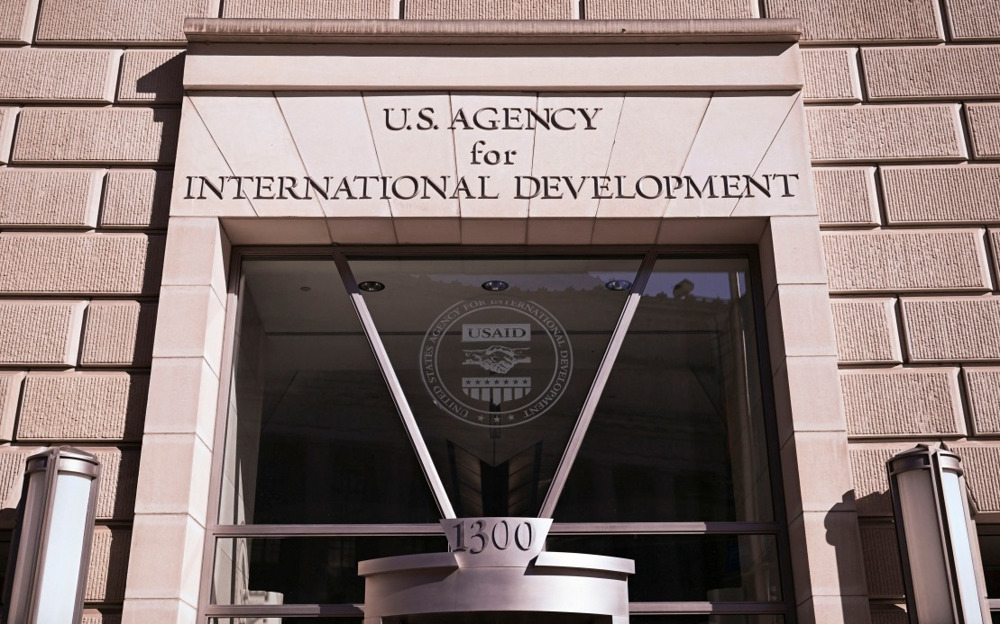
Media analysts argued that the USAID funding could easily serve as a tool for media manipulation in news organizations that have been recipients of US funds over the years or decades.
According to WikiLeaks, USAID has provided support to media outlets in more than 30 countries.
A since-deleted fact sheet from the agency revealed that starting as early as 2003, USAID funded training and resources for approximately 6,200 journalists, supported 707 non-state news organizations, and backed 279 civil society groups, exposing the vast extent of direct US influence in global media systems over the past two decades.
The scale of this involvement is further reflected in the 2025 foreign aid budget, which included a $268.4 million allocation from US Congress specifically earmarked for initiatives aimed at fostering the so-called “independent media and the free flow of information.”
One of the most notable disclosures from the exposé platform’s report involves the US-financed nonprofit organization Internews Network (IN), which has reportedly directed nearly $500 million into so-called "media projects" across the globe.
This has given rise to important questions: To what extent is media independence truly possible when financial lifelines are tied to foreign governments with their own nefarious agendas?

Leaked documents further indicated that Internews partnered with 4,291 media outlets, producing 4,799 hours of programming in a single year and reaching an estimated 778 million people.
While Internews claims that its mission is to bolster "independent journalism" and expand "access to information," the vast scope of its operations has raised legitimate questions about the potential for undue or even manipulative influence over media narratives.
USAID has allocated $472.6 million to Internews over the years, though the organization also receives financial support from private donors, including the AOL-Time Warner Foundation, the Bill & Melinda Gates Foundation, and others.
Specific grants highlight the breadth of these initiatives. For instance, USAID provided $10.7 million to Internews to support “high-quality, responsible journalism” in Liberia and $11 million for a so-called “media enabling democracy” program in Moldova.
The US State Department also contributed $1.48 million to establish “safe, accessible, and life-saving information services” in South Sudan, according to revealed documents.
In Jordan, USAID issued a $19.5 million grant to Internews to help “position Jordanian society to effectively advocate for citizen-driven interests.”
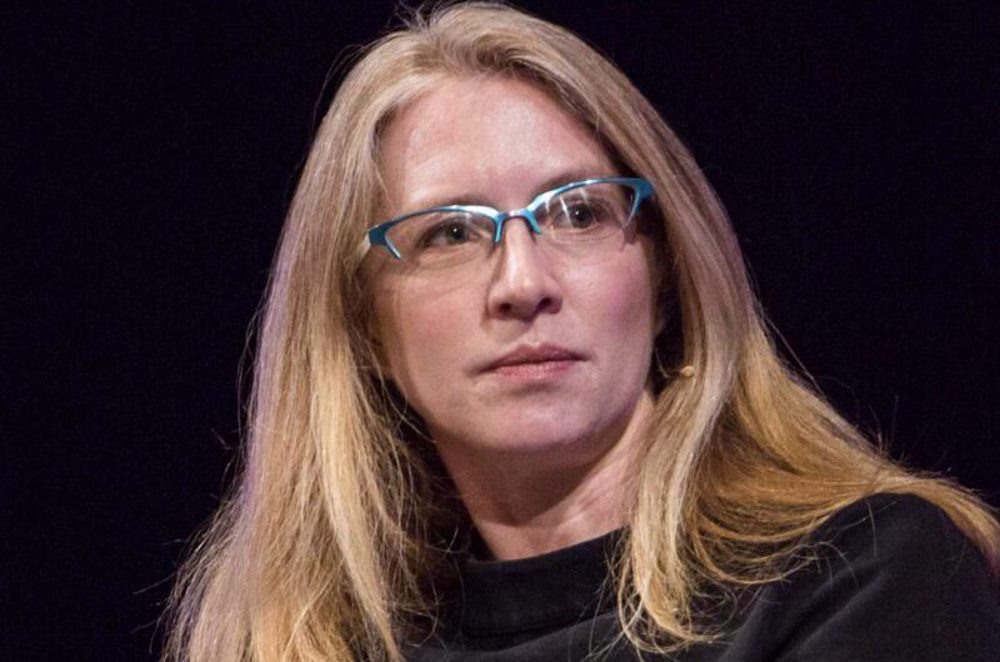
Founded in 1982, Internews is headquartered in California and operates in more than 30 countries. It maintains major offices in the United States, London, and Paris, as well as regional hubs in Kiev, Bangkok, and Nairobi.
Over the years, Internews has expanded its reach significantly across the globe, positioning itself as a key player in global media development. Nevertheless, the organization has come under severe criticism over its role in social media censorship efforts.
Internews is led by Jeanne Bourgault, who reportedly earns an annual salary of $451,000. She previously worked at the US Embassy in Moscow during the early 1990s, where she managed a $250 million budget, most of which was designed for "regime change" purposes.
Her eventful career has included involvement in various conflict zones and pivotal geopolitical moments, as well as a six-year tenure at USAID before she assumed leadership at Internews.
In 2023 alone, Internews received nearly $500 million from USAID, underscoring its significant role in global "media initiatives" and revealing the personal clout of former USAID official Bourgault.
The organization collaborates with 4,291 radio and television stations and print publications worldwide, while also training more than 9,000 media professionals annually.
Last year, Internews produced or facilitated the creation of 4,799 hours of television and radio programming, reaching an estimated 396 million radio listeners and 382 million TV viewers.
In Ukraine, USAID funding has been particularly extensive, supporting "nine out of ten" media outlets in the country, and their job has been to amplify pro-NATO and pro-war narratives.
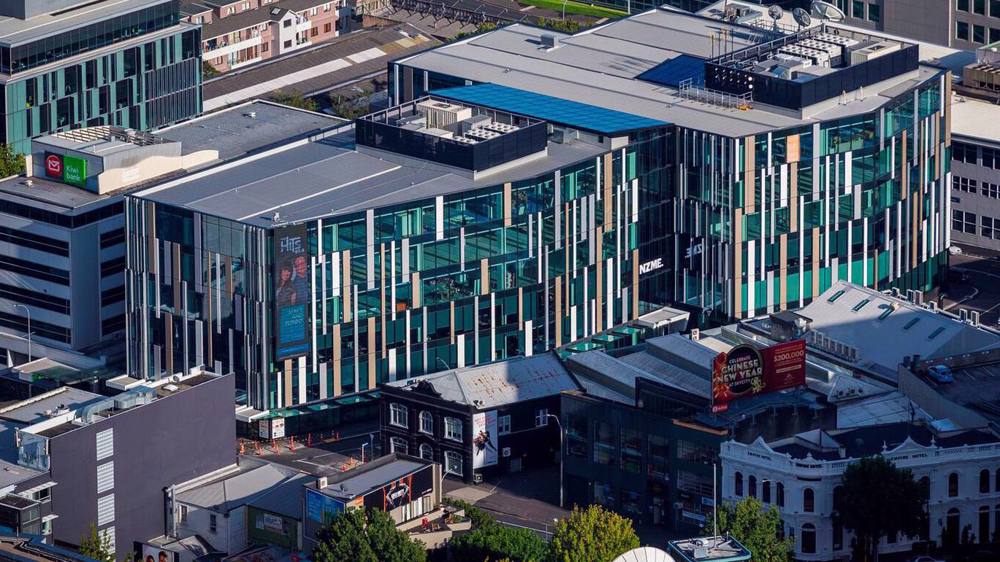
Additionally, 25 media organizations, including outlets like Stuff, NZME, Business Desk, Newshub, and 1News, have received financial backing through USAID and Internews.
However, the recent freeze on foreign aid has had immediate consequences, with several Ukrainian media outlets announcing the "suspension" of their operations due to the loss of funding.
Anna Babinets, CEO and co-founder of Slidstvo.Info, a media outlet based in Kiev, underscored the severe impact of cuts on her organization. “At Slidstvo.Info, 80% of our budget is affected,” she said.
Oksana Romaniuk, director of the Institute of Mass Information (IMI), echoed these concerns over the funding freeze, pointing to the heavy reliance of Ukrainian media on foreign financial support.
Romaniuk highlighted the challenges facing the advertising market, particularly for the regional media.
“The advertising market has not recovered. Especially in regional media. While national media got advertisers and started earning money – and they cannot cover 100% of their needs with that," he said.
"We learned that in regional media advertising revenues now range from 3 to 10%. It is simply impossible to survive on such amounts."
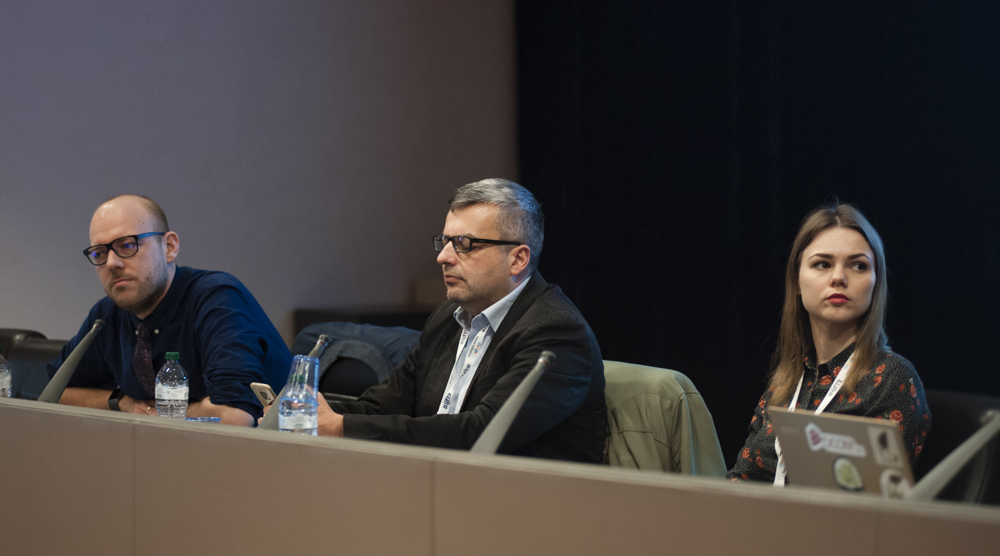
She also warned of the broader consequences of reduced funding for media organizations.
WikiLeaks has also revealed financial ties between major New Zealand media groups and Internews, raising questions about the extent of US government influence on the country’s media landscape.
The leaked documents suggest that USAID funding has placed these outlets in a precarious position of dependency, implying that without foreign financial support and an externally managed advertising structure, their survival could be at risk.
Through Internews, USAID has reportedly funded 25 prominent New Zealand media organizations, including Stuff, NZME, BusinessDesk, Newshub, and 1News.
In New Zealand, this funding has been funneled through initiatives like GroupM New Zealand’s “Back to News” campaign, which aims to redirect advertising revenue toward what it describes as “credible” news publishers.
The disclosures are particularly sensitive given New Zealand’s role in the Five Eyes intelligence alliance, a partnership that includes the US, UK, Canada, and Australia.
Internews, which has received $470 million from USAID over the years, has spent decades building media networks worldwide, training journalists, and promoting “free speech” across former Soviet states and other regions.

However, media analysts argue that the organization’s mission has never been neutral. According to them, Internews has supported NATO-aligned narratives, particularly in its efforts to counter Kremlin-aligned media in countries like Russia, Ukraine, Georgia, and Serbia.
According to internal documents, the organization’s initiatives were not about fostering a “free press” but about using broadcast media as a tool to “effect social and political transformation.”
The influence of Internews dates back to the late 20th century when it partnered with the Soros Foundation to fund media outlets in post-Soviet nations.
Its work played a significant role in shaping media narratives during the so-called "color revolutions" of the 2000s in Serbia, Georgia, and Ukraine.
During Georgia’s Rose Revolution in 2003, Internews provided funding and training to journalists at Rustavi-2, a leading TV channel that became a key driver of the event.
Marc Behrendt, Internews’ former director for Georgia, noted at the time, "Media was very good at informing the public about what was going on, and it had a huge role in calling people onto the streets."
According to Internews’ 2004 annual report, Rustavi-2 was instrumental in the "non-violent uprising" that led to the resignation of Georgia’s president.
The report described the station as "gutsy" and independent, highlighting its willingness to challenge the government. Interviews' coverage helped mobilize public support and galvanize mass protests.
In Ukraine, Internews had a similarly significant impact. By 2003, the organization had conducted 220 media training programs, trained over 2,800 journalists, and produced more than 220 TV programs and 1,000 radio programs.
It also funded Telekritika, an online outlet that played a central role in the 2004 "Orange Revolution."
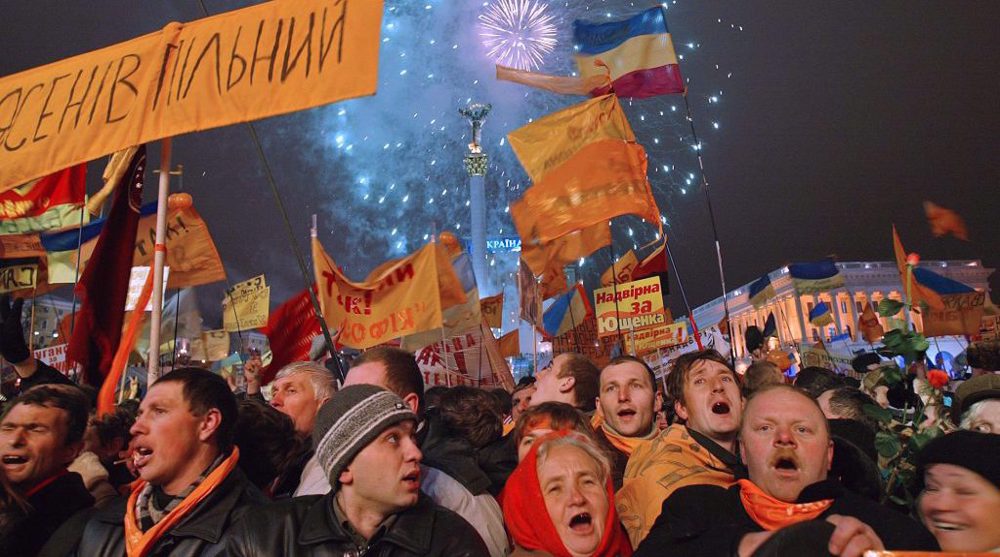
By 2005, Internews was producing Proyav Chasu, one of Ukraine’s most popular TV programs, which covered mass protests against "election fraud" during the revolution.
By 2007, Internews had expanded its global reach, training 60,000 journalists, establishing over 2,500 independent media outlets, and advocating for media laws in 21 countries.
Operating in 70 countries with offices in 42 cities, the organization claimed to reach an audience of nearly 1 billion people.
Activists have described Internews’ role in shaping media landscapes as operating on an "unprecedented scale."
The Washington Post once referred to the organization over two decades ago as "one of the more successful agents of change in the former Soviet Union."
Internews has acknowledged its role in shaping geopolitical dynamics, including discussions around NATO expansion.
In May 1990, the organization co-sponsored a meeting at Crottorf Castle, organized with the Soros-funded Institute for East-West Studies, to discuss "the future architecture of Europe," including the possibility of integrating a unified Germany into NATO.
By 2016, following major political shifts such as Brexit and the election of Trump', Internews began to pivot its focus.
The same organization that once claimed "free speech" as a tool to challenge foreign governments started to frame online "free speech" as a potential danger, advocating for greater content moderation and censorship in Western democracies.
Collaborating with the USAID-funded World Economic Forum, Internews shifted its strategy toward leveraging advertising boycotts to influence and control online discourse.
Critics have pointed to Internews’ shifting policies, noting that the same media tools once used to influence foreign governments have now been turned inward—targeting American citizens, political dissidents, and alternative media outlets that challenge establishment narratives.
Analysts noted that what began as a strategy to shape public opinion abroad has increasingly been applied domestically, raising concerns about censorship and the suppression of free speech.
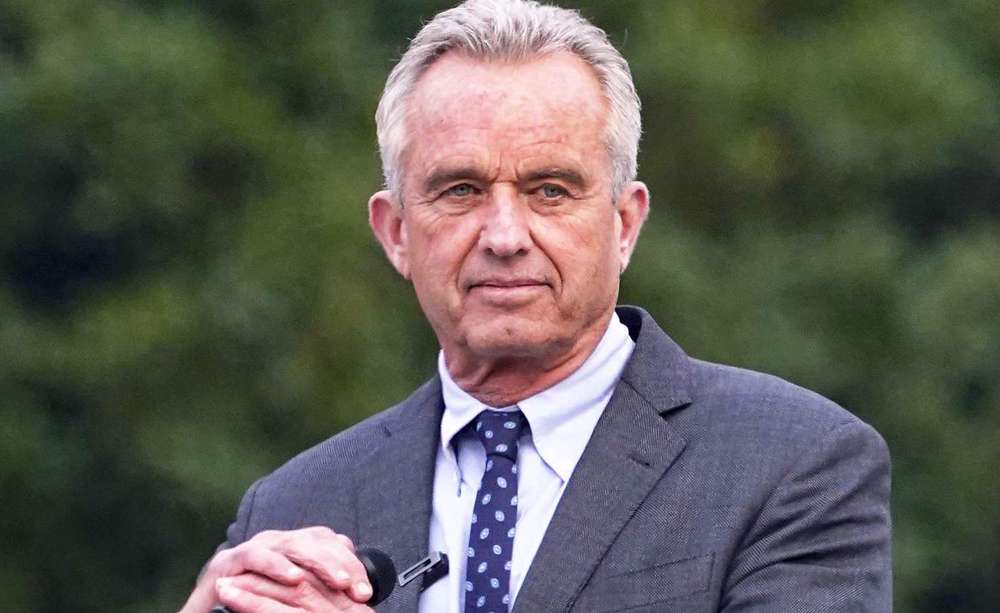
Internews was founded during the Cold War with the stated goal of fostering open dialogue between the US and the Soviet Union, aiming to reduce tensions between East and West.
However, critics argue that under the influence of USAID and Western elites, the organization turned into a tool for promoting NATO expansion, contributing to the resurgence of Cold War-era rivalries.
In an interview with Tucker Carlson, American politician Robert F. Kennedy Jr. criticized USAID for its long-standing influence on global media narratives. The interview went viral on social media following the WikiLeak's expose of USAID funding media operations.
“Journalists have become propagandists for the government...A significant part of this dynamic is the influence of intelligence agencies on the press. Today, they are the largest funder of journalism worldwide, primarily through USAID.”
Kennedy pointed to the scale of this funding, noting, “They spend about $10 billion a year funding journalism around the world.”
He also referenced a 2012 executive order by the then US President Barak Obama.
"President Obama issued an executive order that allowed the CIA to begin, propagandizing Americans again...We started seeing then the press becomes an overt kind of propaganda vessel for the CIA.”
Prior to Kennedy, CIA whistleblower John Stockwell highlighted the CIA’s use of media as a tool. In his accounts, Stockwell detailed how the agency leverages “collected intelligence” for various purposes, some more controversial than others.
“There are other functions... One is to run secret wars… Another thing is to disseminate propaganda to influence people's minds, and this is a major function of the CIA. And, unfortunately, of course, it overlaps into the gathering of information,” Stockwell said.
He further exposed the agency’s tactics for manipulating journalists, describing a calculated process where reporters are initially fed stories to gain their trust, and later supplied with false information.
He also offered a specific example of how the CIA leverages the press, drawing from his experience managing the Angola conflict.
“Well, for example, in my war, the Angola war that I helped to manage, one third of my staff was propaganda. Ironically, it's called covert action inside the CIA… that means the violent part. I had propagandists all over the world, principally in London, Kinshasa, and Zambia," he explained.
These revelations, combined with evidence of the US government’s extensive funding of media outlets worldwide to promote "politically motivated stories," have fueled widespread debate among analysts.
They argue that media organizations receiving such funds are advancing narratives favorable to US.
Israel kills two Palestinians in Gaza City amid repeated ceasefire violations
US House Democrats call for ‘maximum pressure’ on Israel over Gaza truce violations
VIDEO | Press TV's news headlines
VIDEO | Israel steps up settlement expansion near Jenin
VIDEO | Iraqi resistance factions split over state control of weapons
Euro-Med: Israel using winter as weapon of genocide
Venezuela demands end to US military presence
Donors receive favors from Trump’s fundraising machine post-election: Report


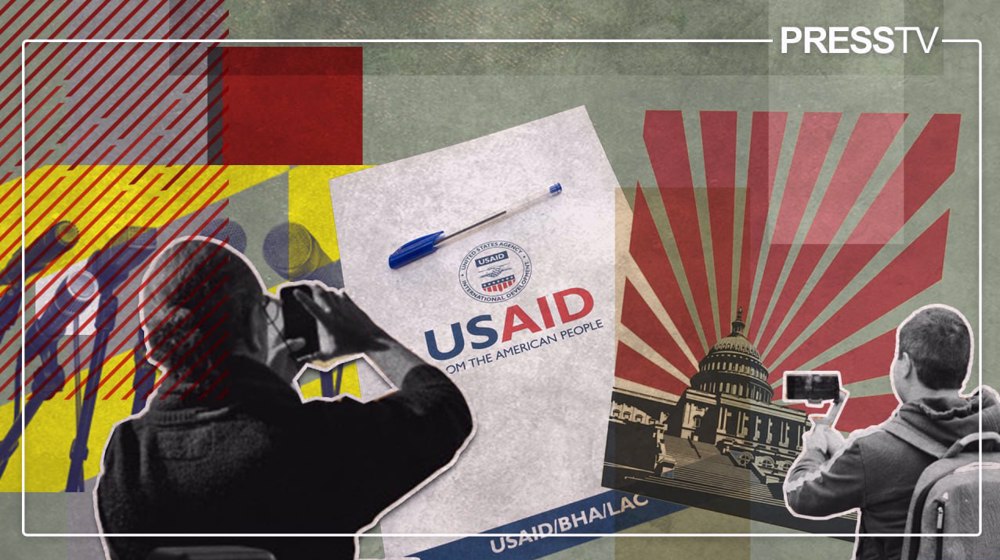

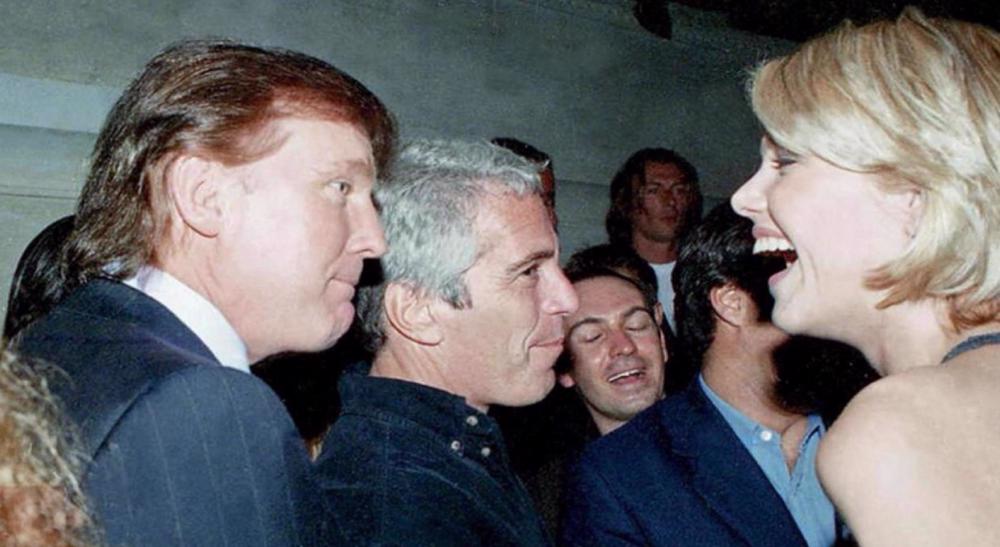
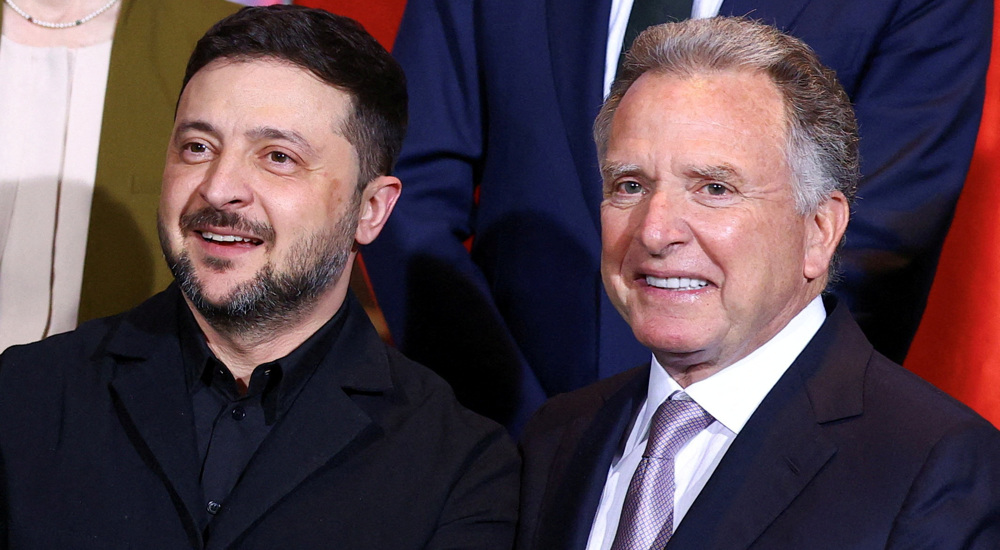



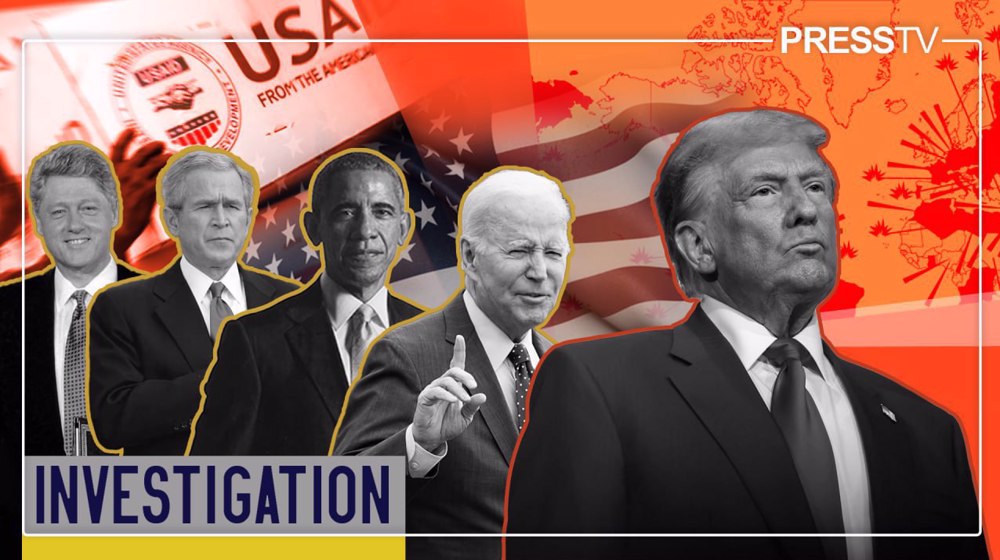

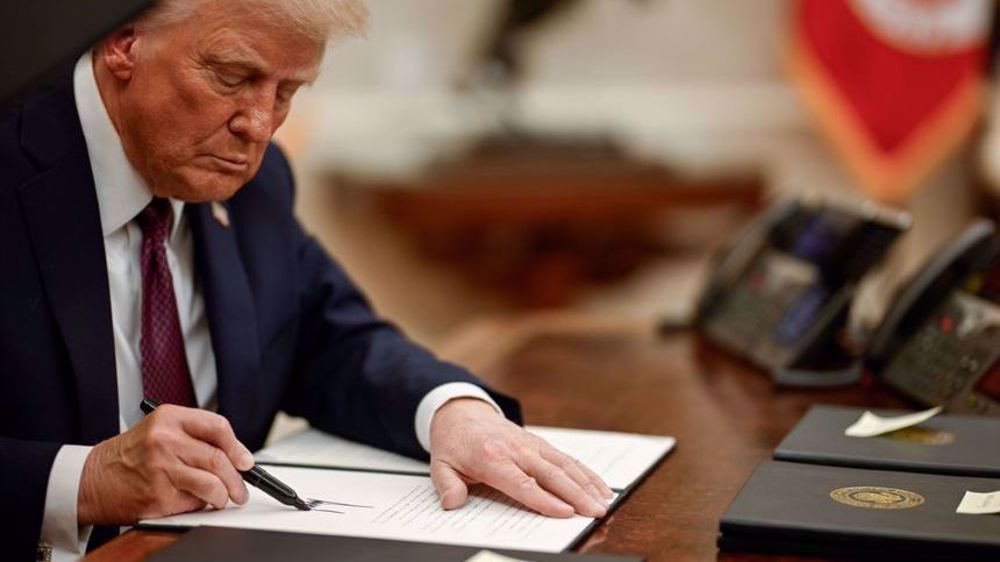

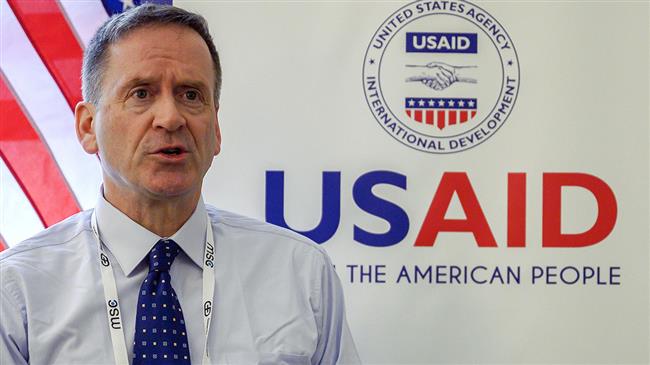

 This makes it easy to access the Press TV website
This makes it easy to access the Press TV website